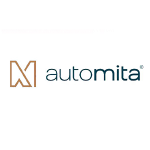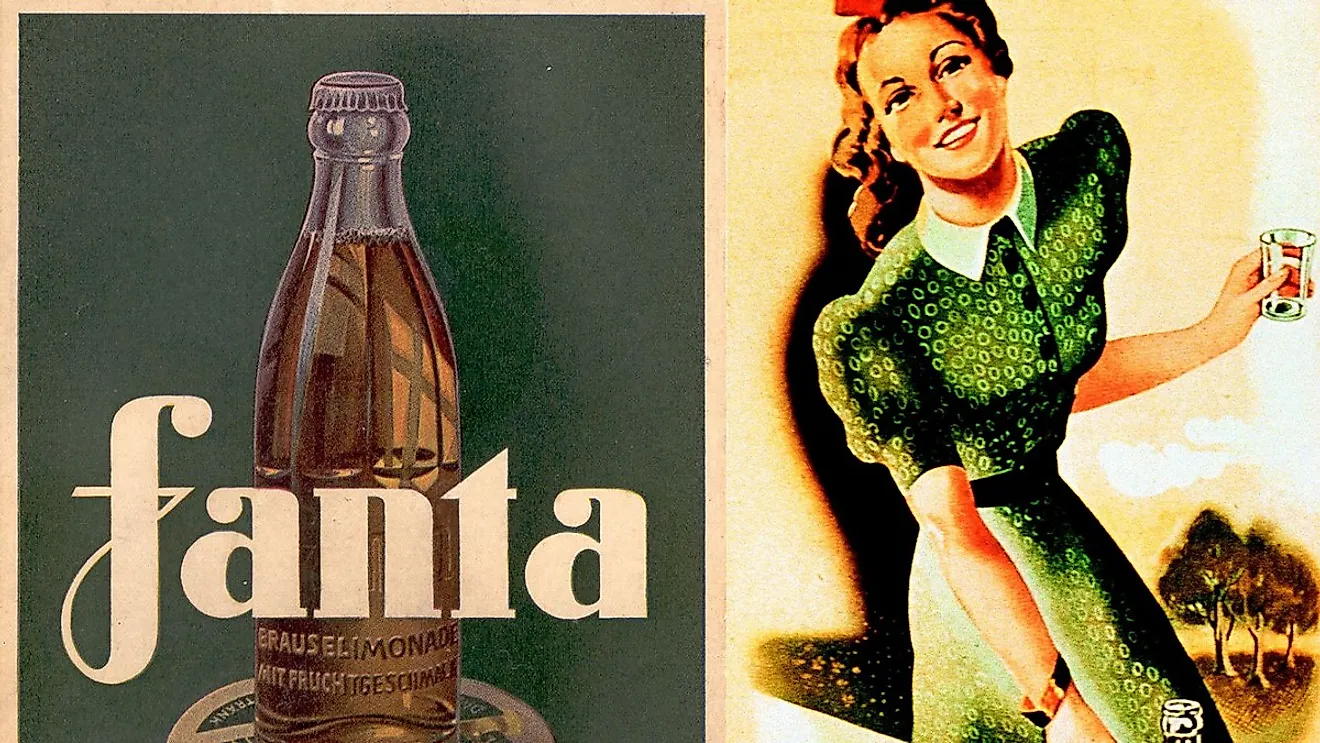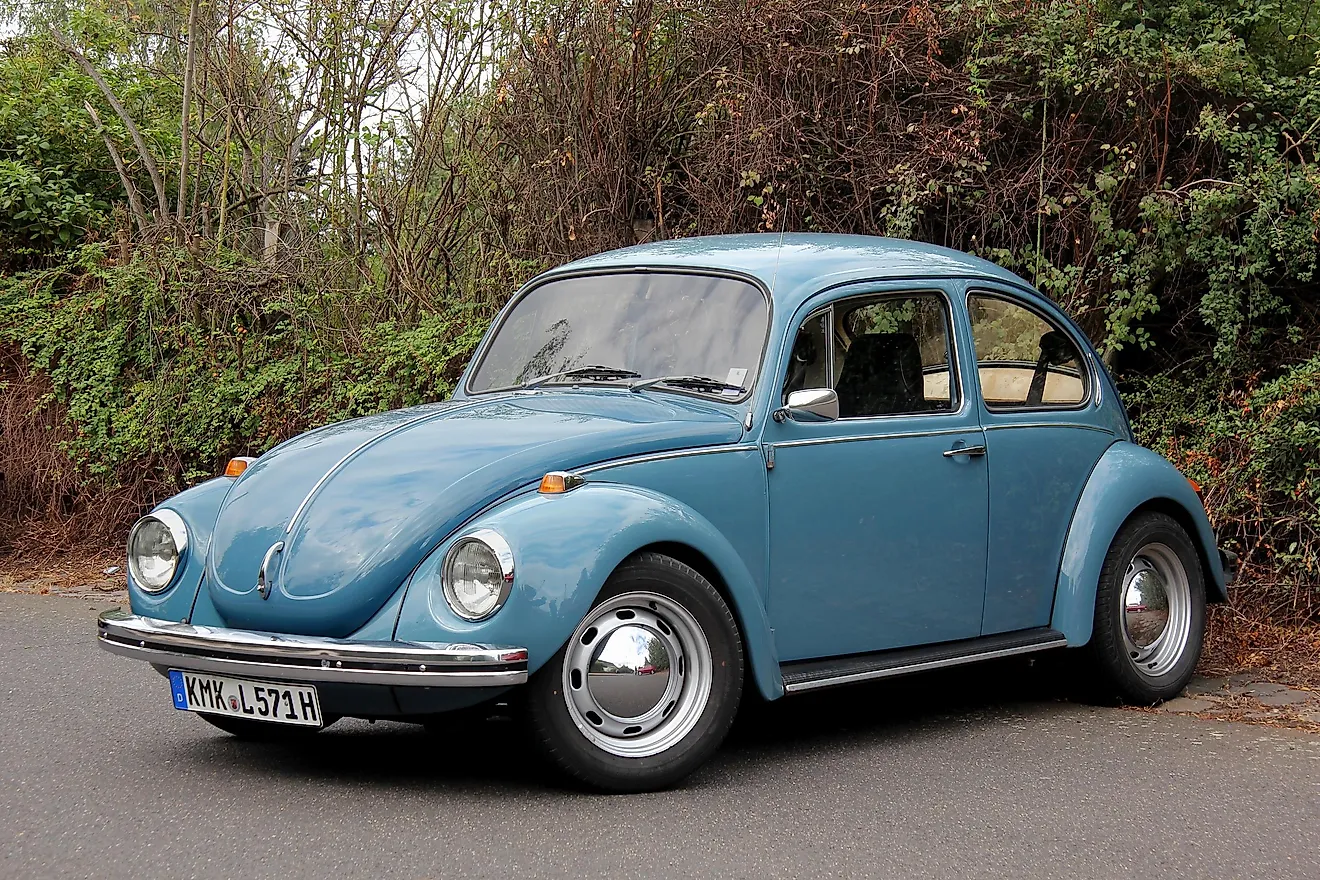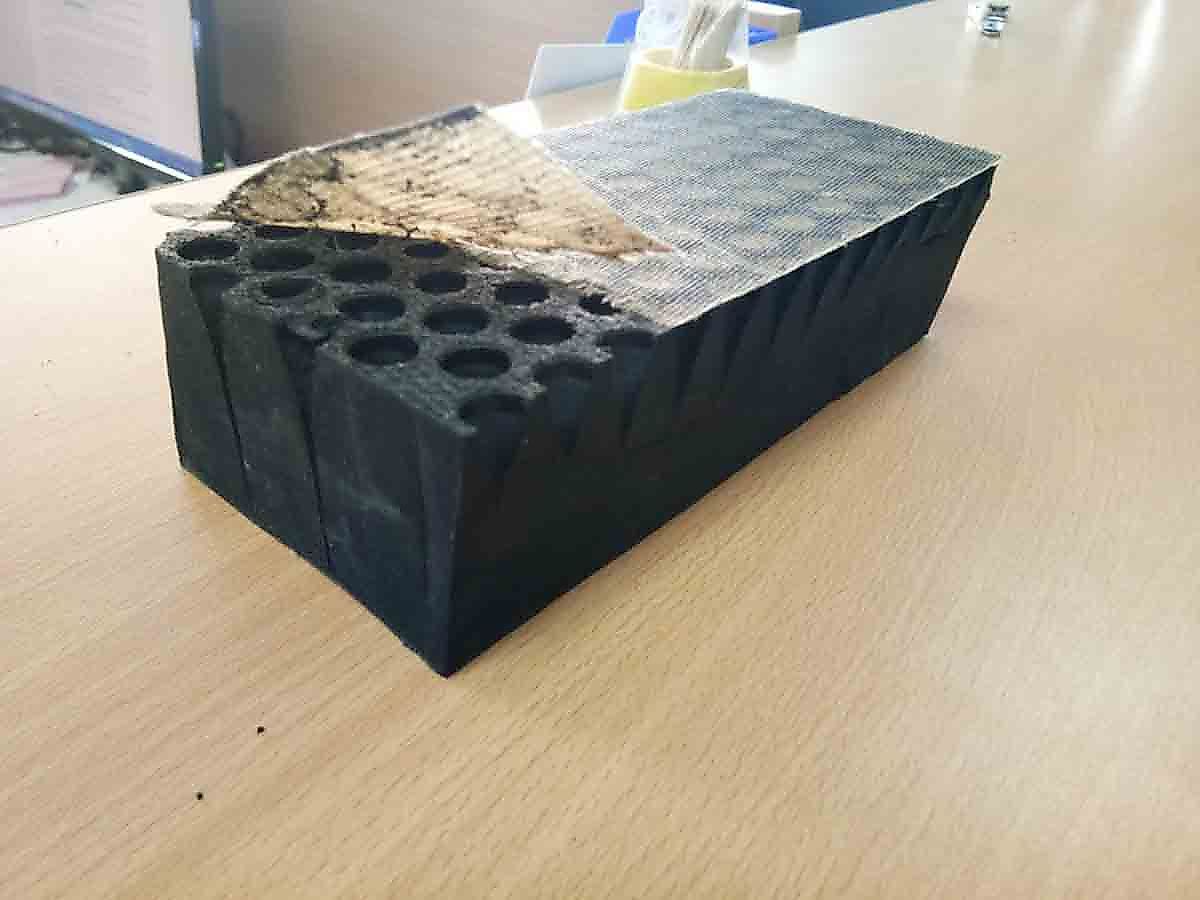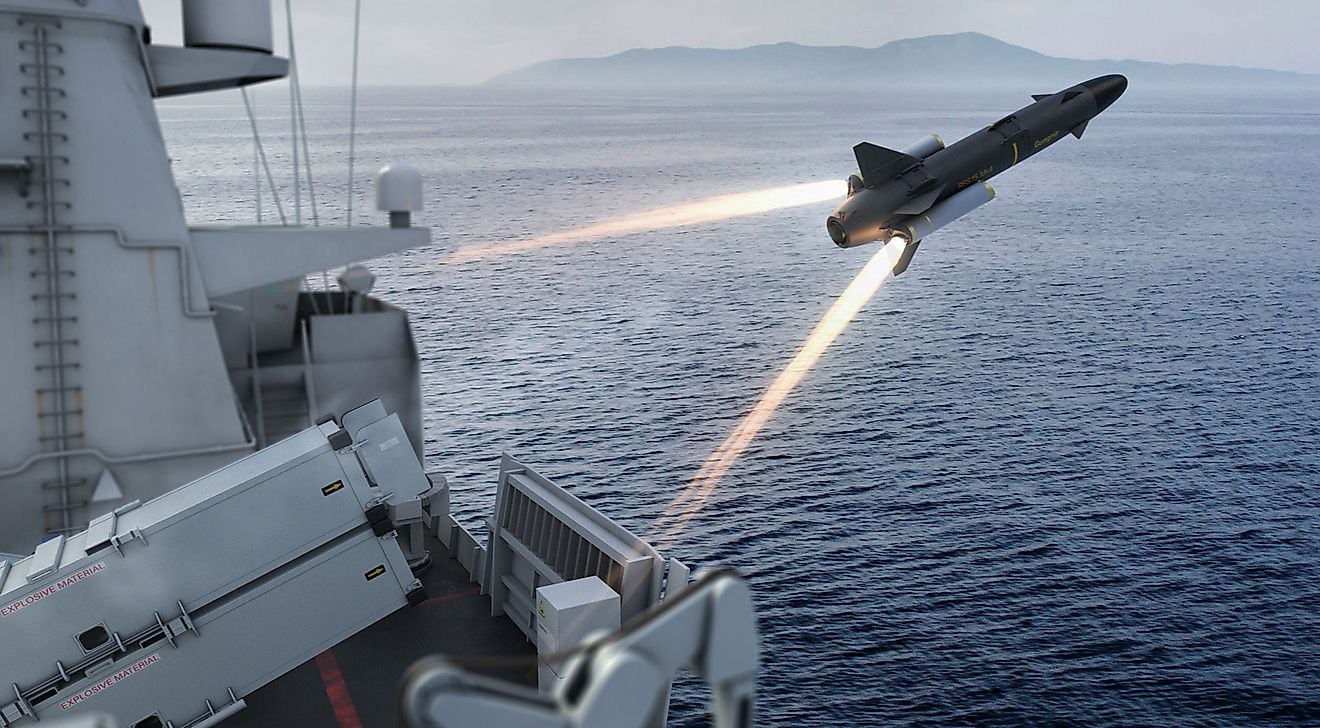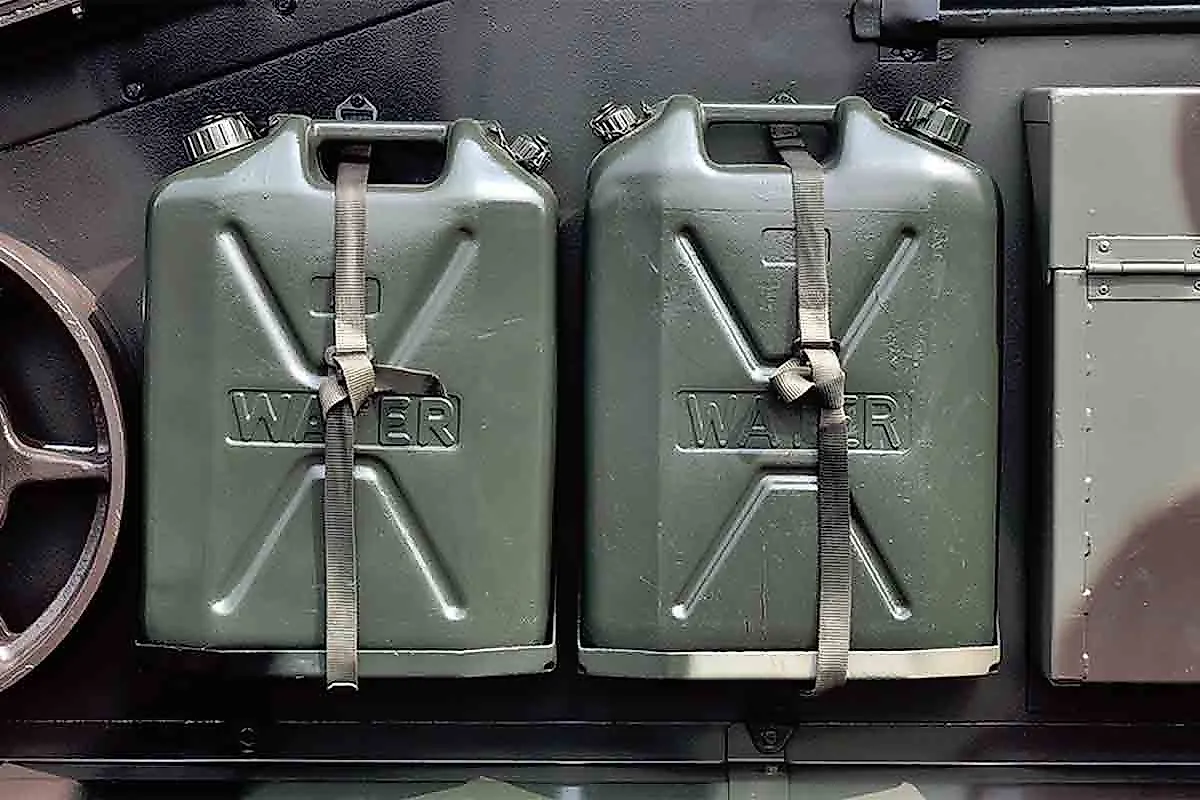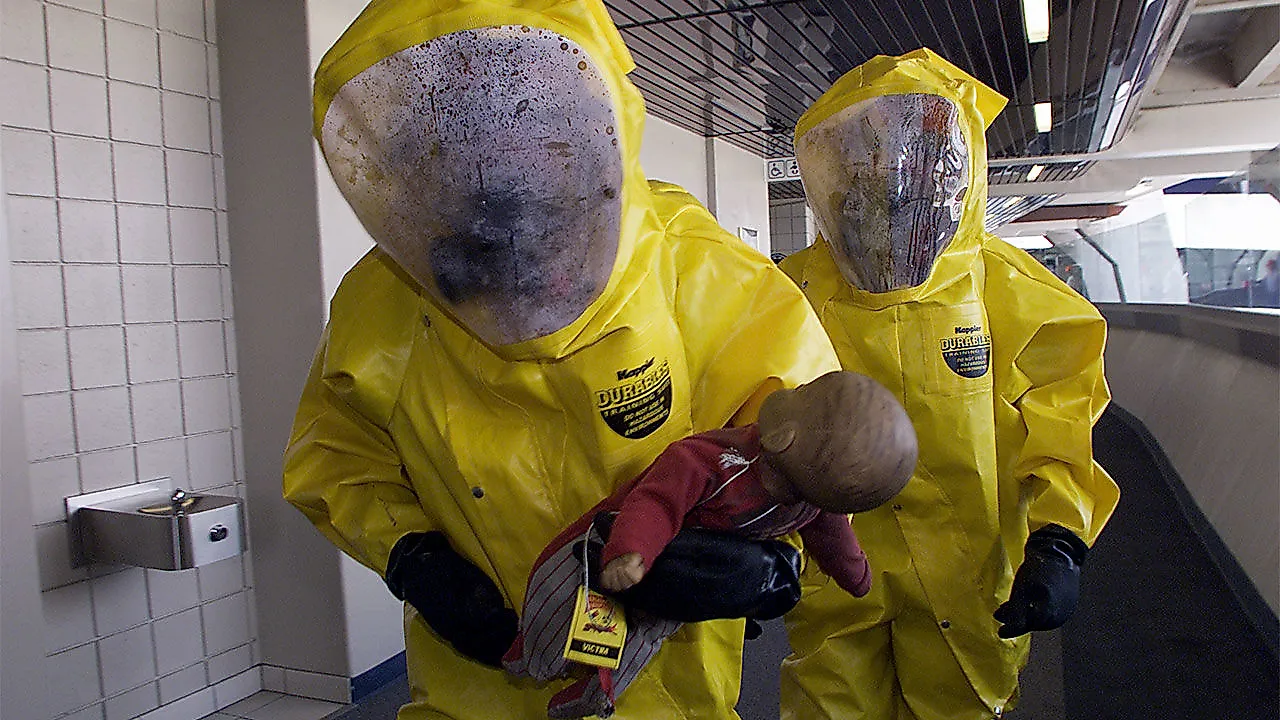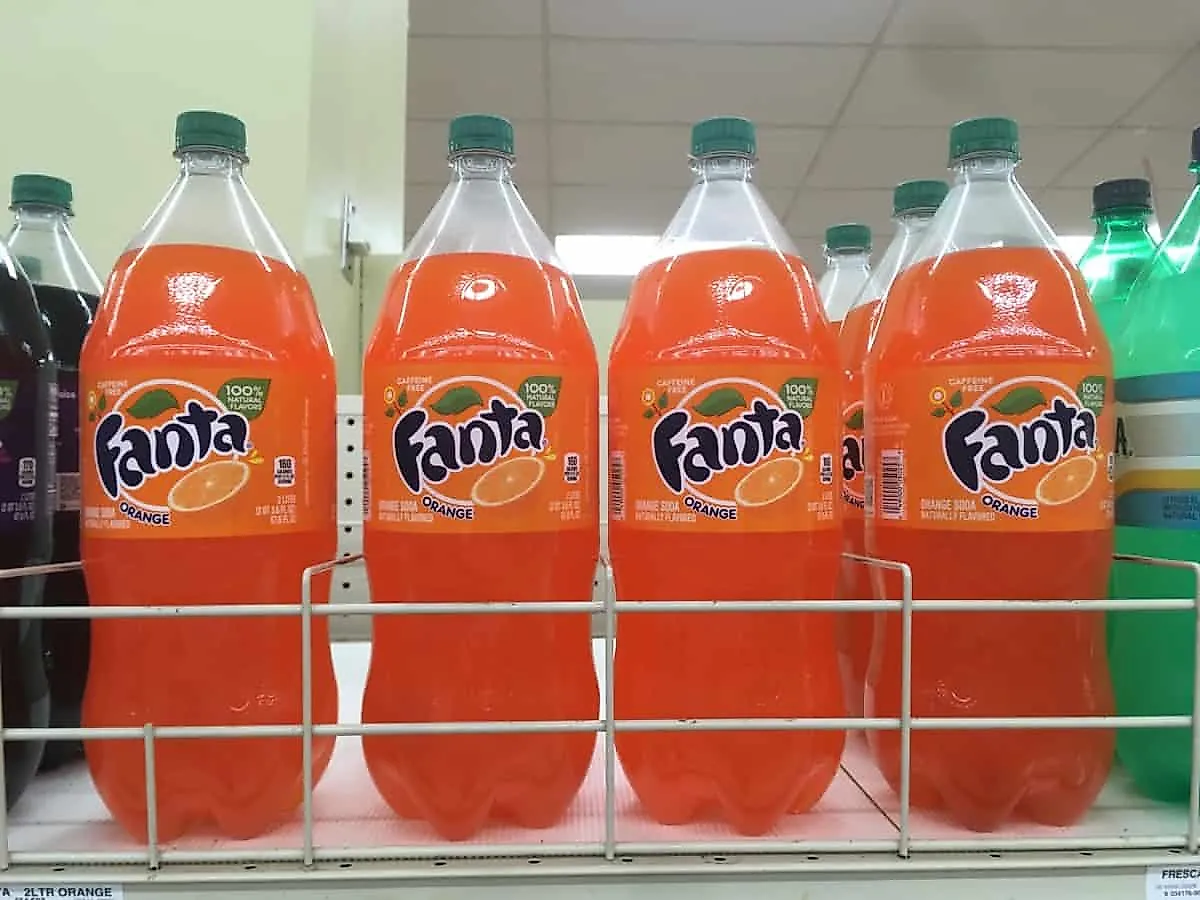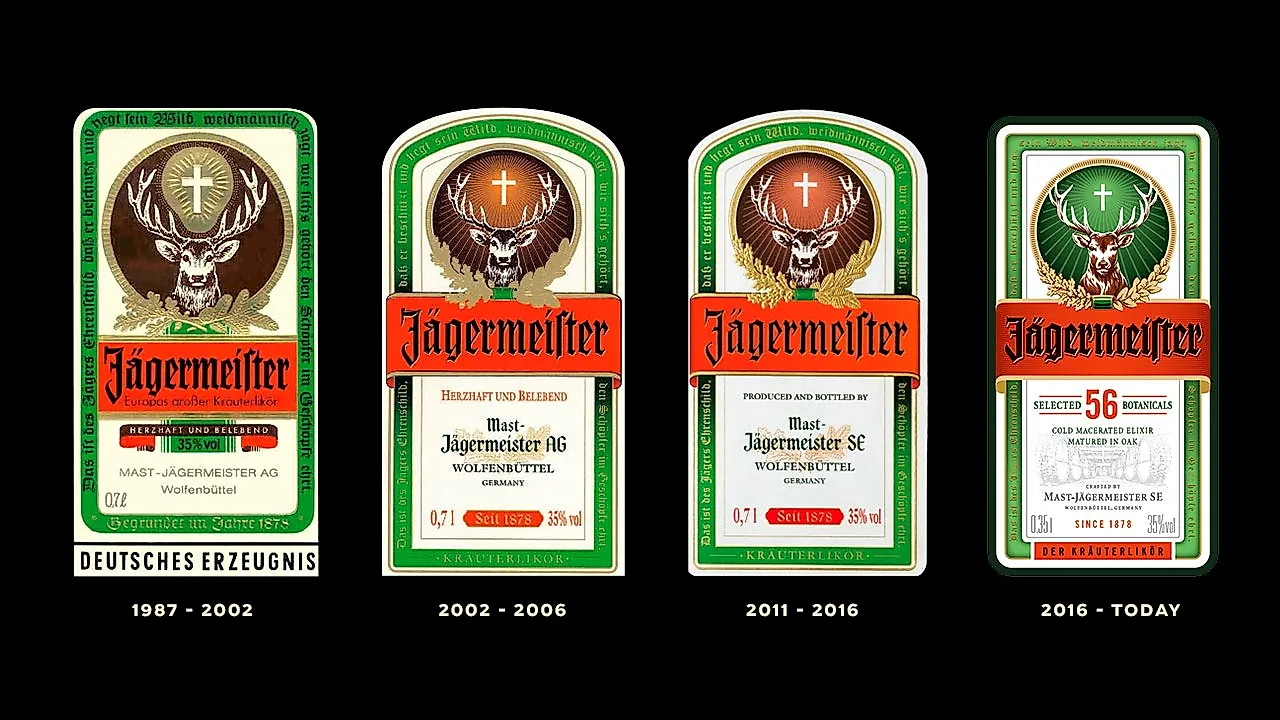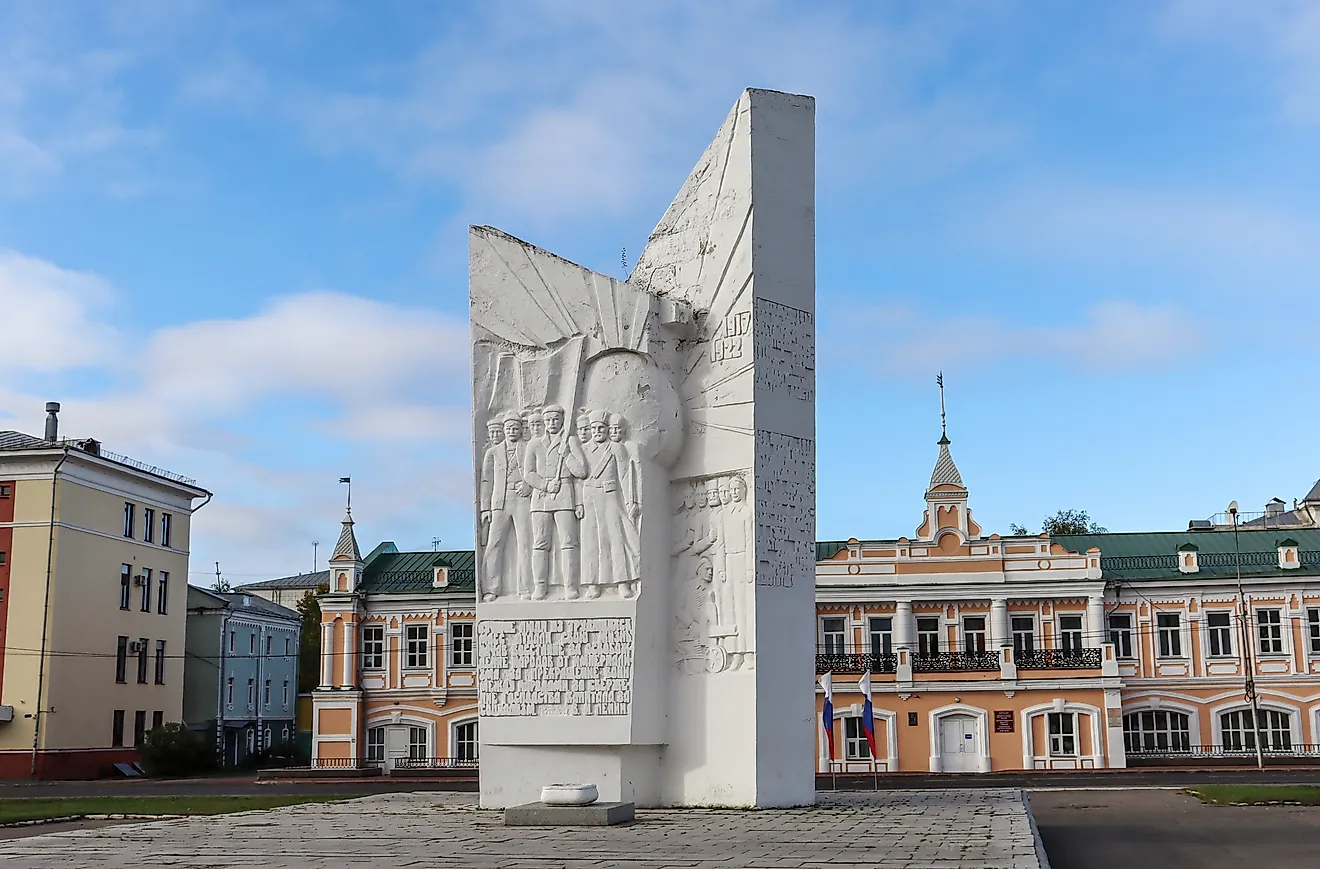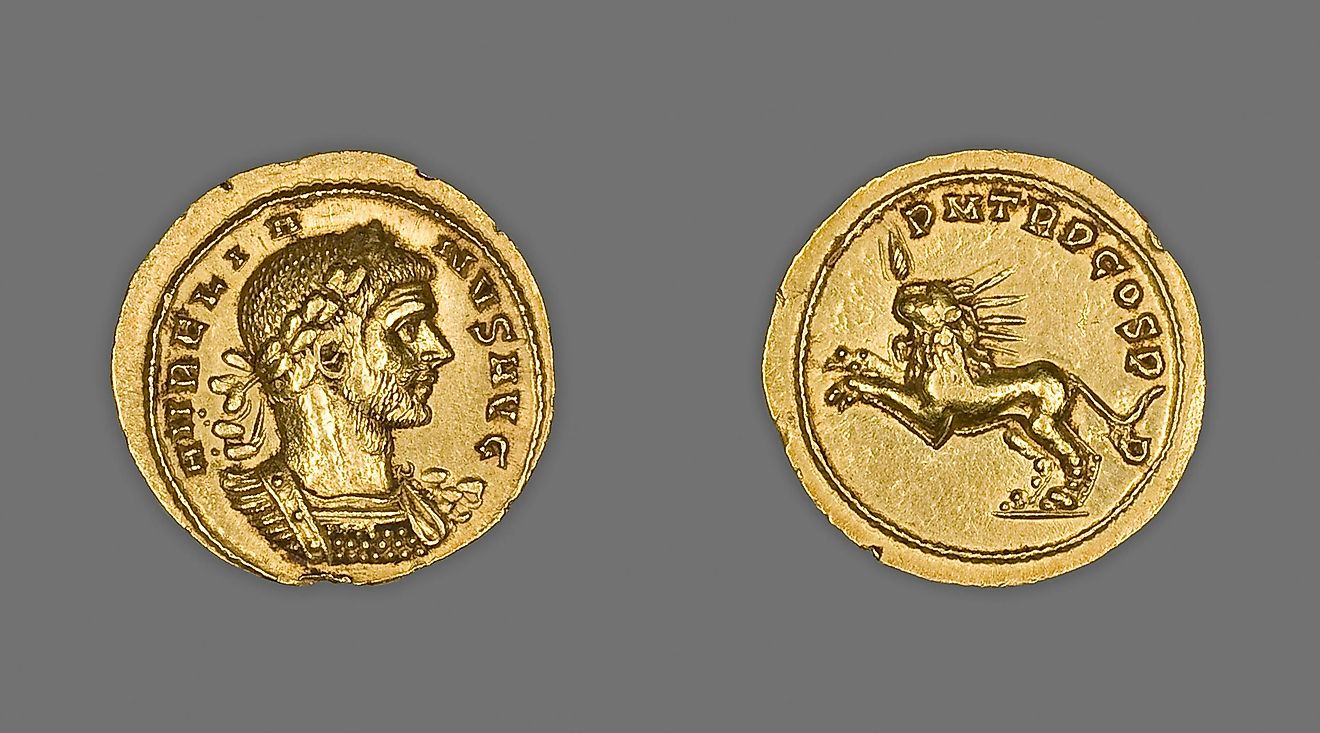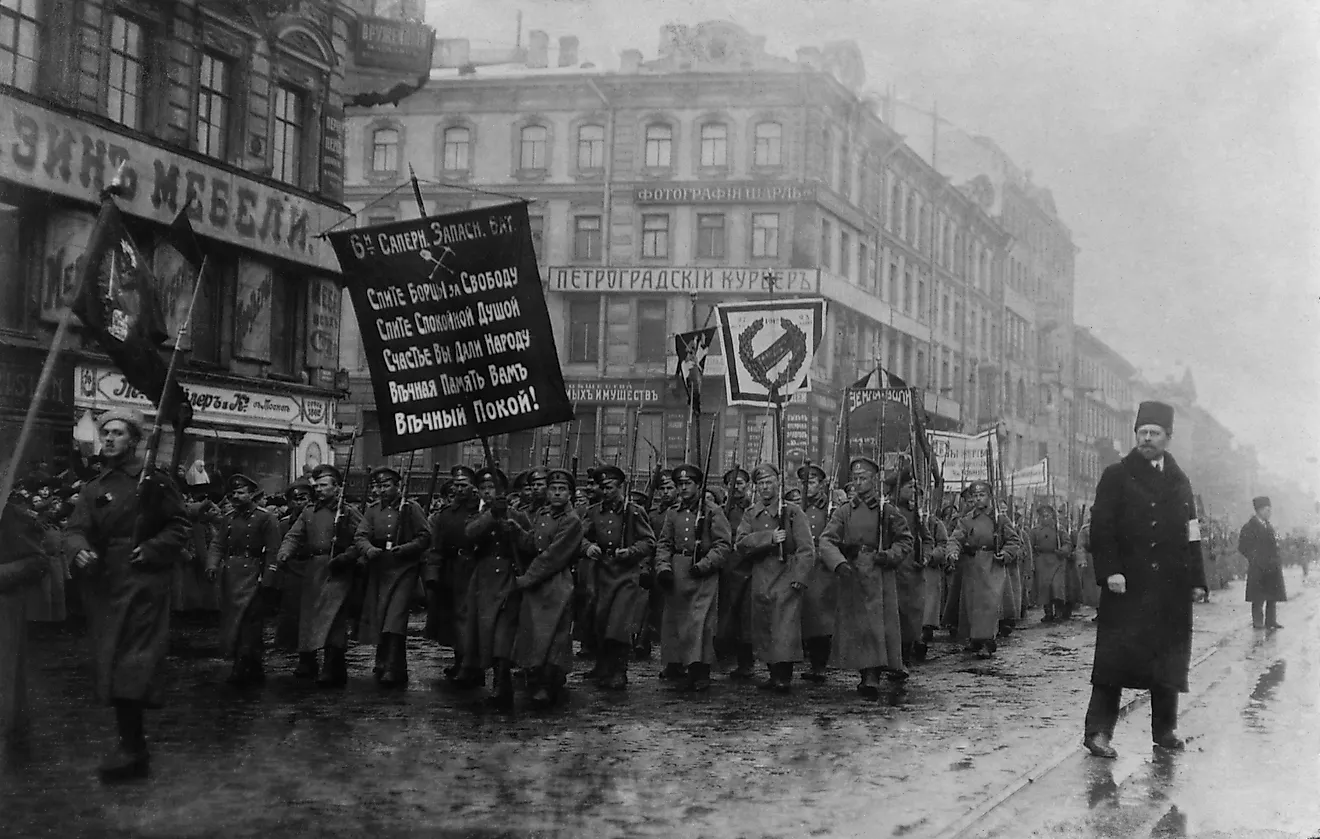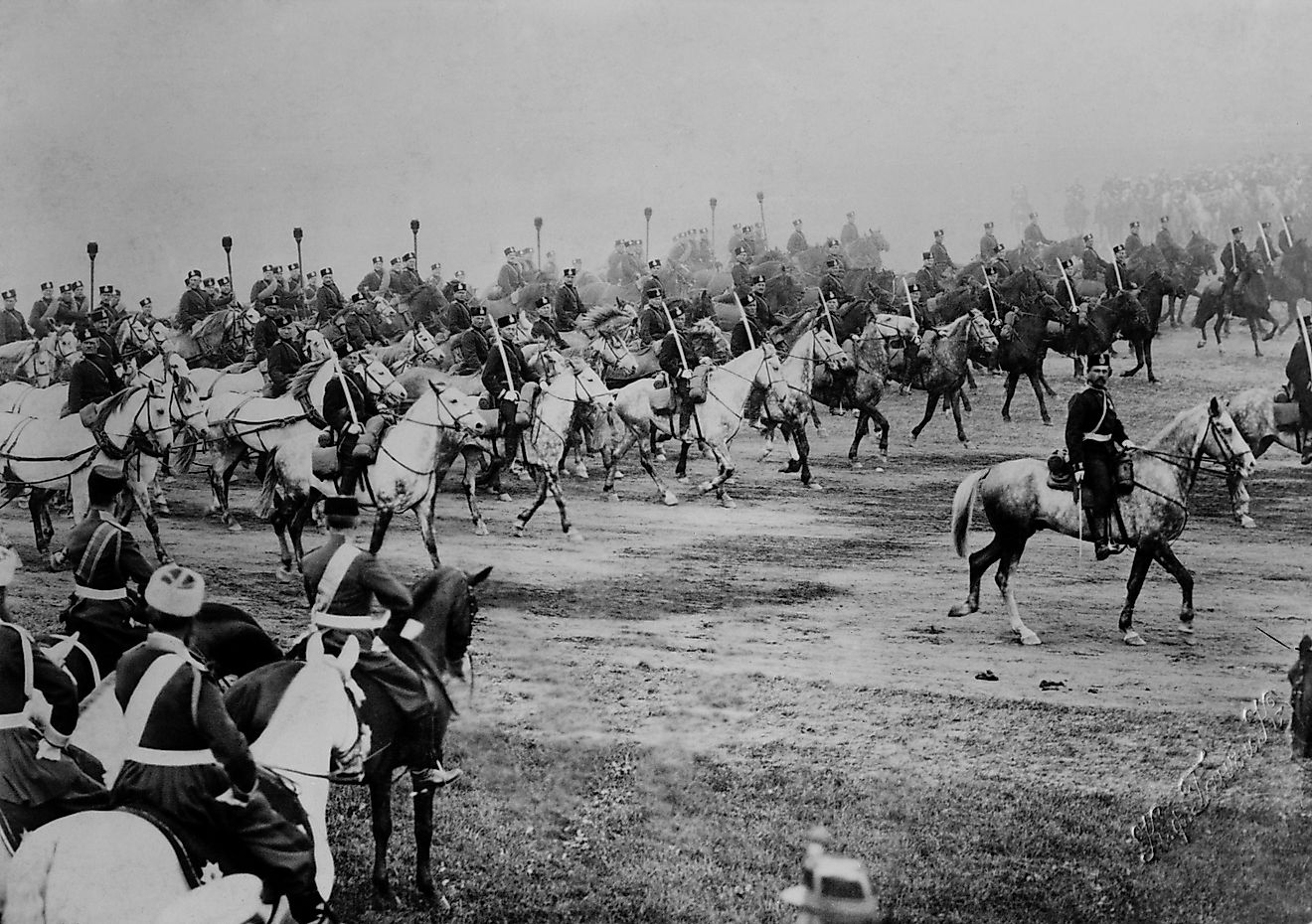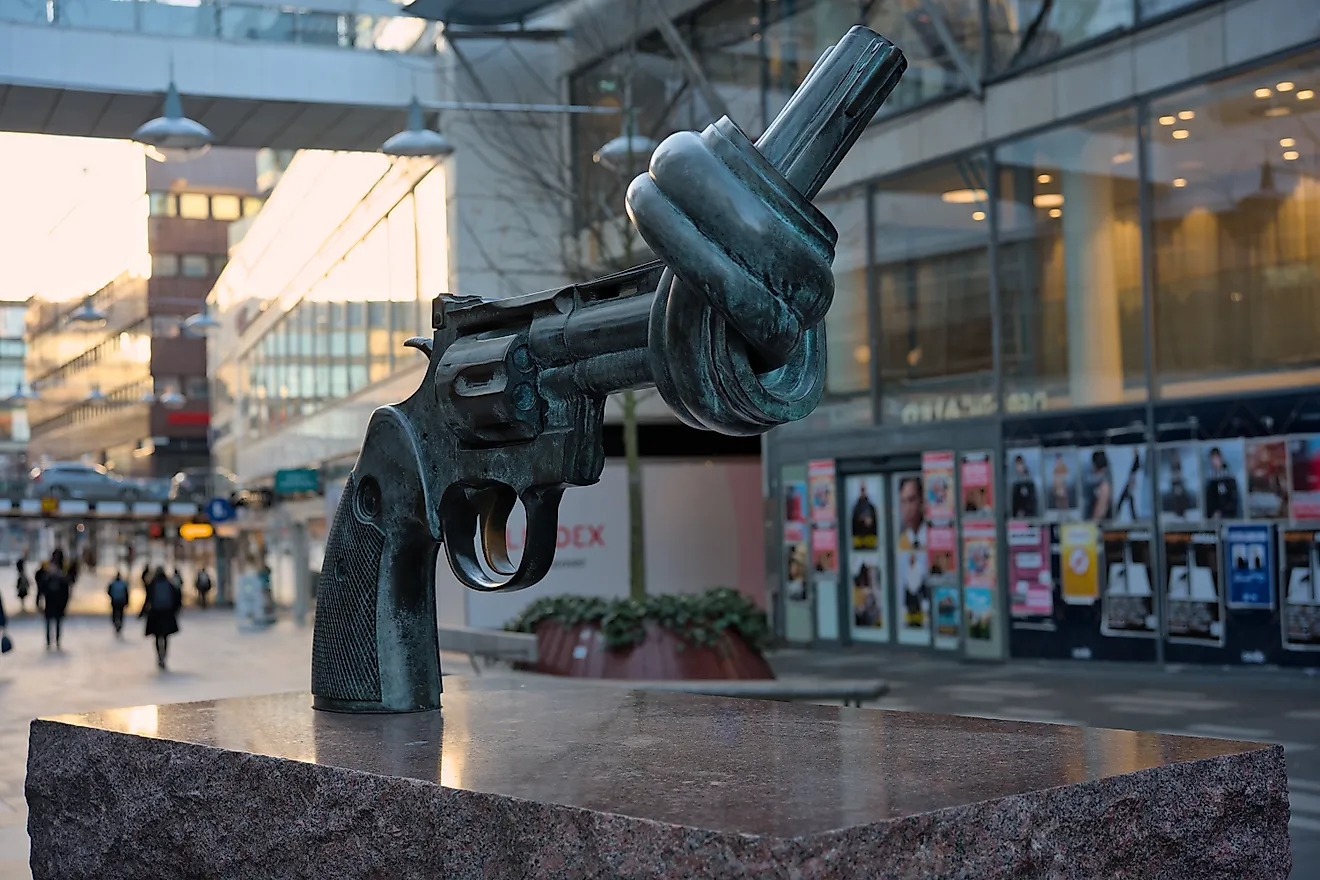The seven inventions for which we "owe" to the Nazis (Photo)
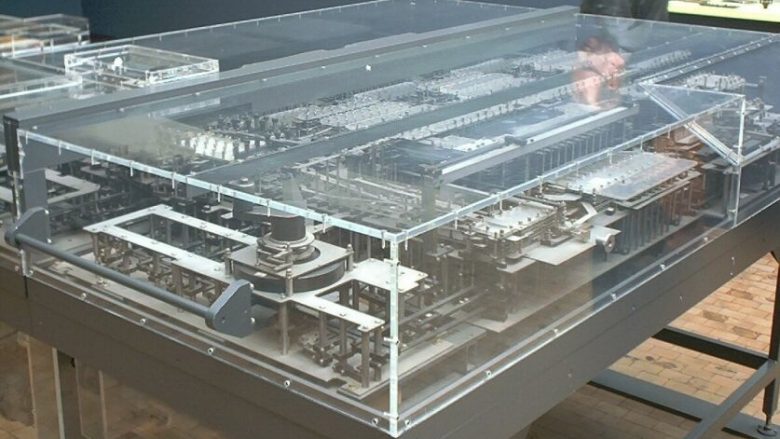
From Fanta to the first computer, from Volkswagen to synthetic fuel: some of the inventions born in Nazi Germany are still used today.
VOLKSWAGEN
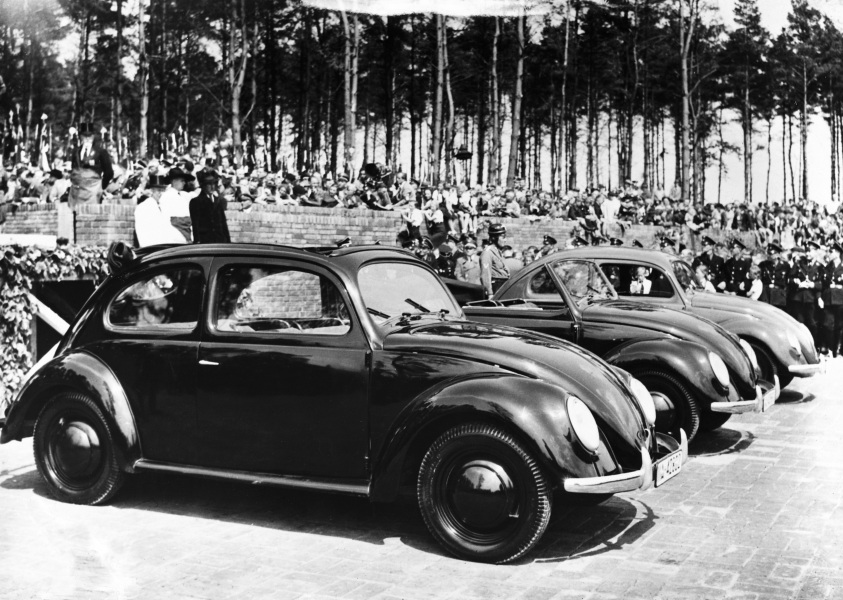
After the devastating blow of the Depression of 1929, Hitler was determined to support the consumption of the middle class, and in particular to motorize even the poorest Germans. In 1937, the Führer commissioned the engineer Ferdinand Porsche to establish in Wolfsburg, the plant that would produce Volkswagen, "the people's cars". From 1938 until the end of the war, the production of vehicles was converted from civilian to military, to resume immediately after the end of the conflict with the production of the famous car.
FANTA
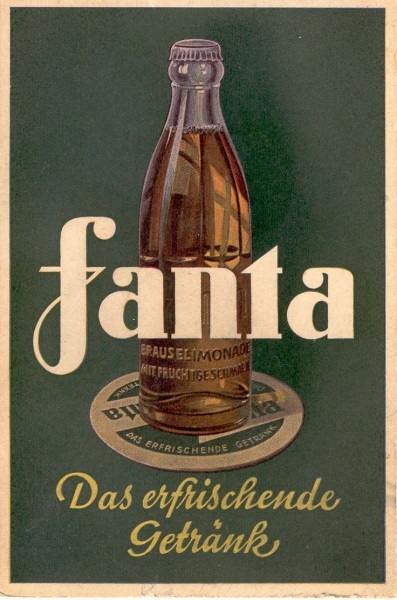
When, in 1940, Coca-Cola was banned by the Reich due to the cessation of trade exchanges with the USA, the German head of the American agency decided to find a "German" alternative to the most famous carbonated drink in the world. The solution? A drink based on milk and apple marmalade, ingredients that were easily found in Germany. It took a very intense brainstorming session to find a suitable name for the invention, but with the strong desire to find fantasy, it happened that the drink was also baptized "Fanta".
To achieve the citrus flavor we know, we had to wait until 1955. In that year, in the Fanta factory in Naples, it is said that a certain Matarazzo added orange to the original recipe. It is therefore an invention of Nazi Germany, not exactly of the Nazis.
Z1, THE FIRST COMPUTER
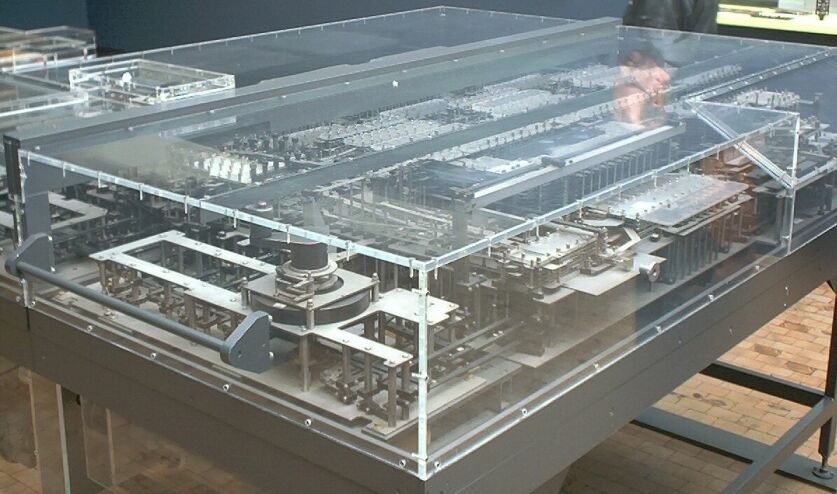
In 1937, engineer Konrad Zuse designed and built (in his parents' home) the first electronic calculator, a forerunner of modern computers. Powered by electromechanical power and a binary-coded number calculation unit, Zuse's programmable machine was able to solve long mathematical operations in a short time, taking only one second for one calculation cycle. Z1 performed subtraction, addition, division, and multiplication according to instructions transmitted through a file system. Konrad Zuse was never part of the Nazi party.
ROCKETS TO GO TO THE MOON
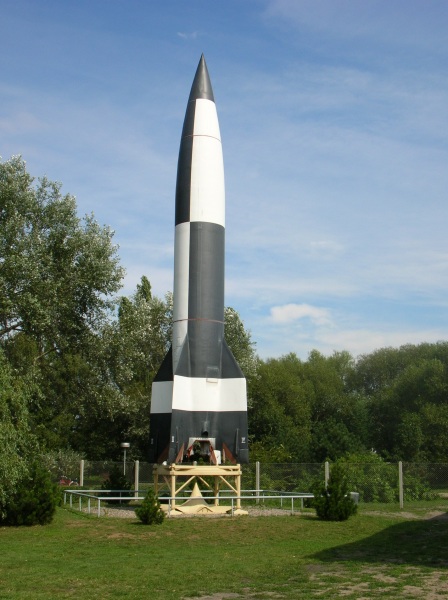
Engineer Werner von Braun was one of the most brilliant minds of the Third Reich, and not only. His studies and inventions in the combat field, especially that of V-2 ballistic missiles, also served NASA very well, which used them to develop the first rockets for space exploration. At the end of the conflict, von Braun went to work for the US space agency and led the design of the Saturn V, the multi-stage rocket and the largest ever built. The Saturn V was used in the Apollo and Skylab space programs.
PETROL TANK
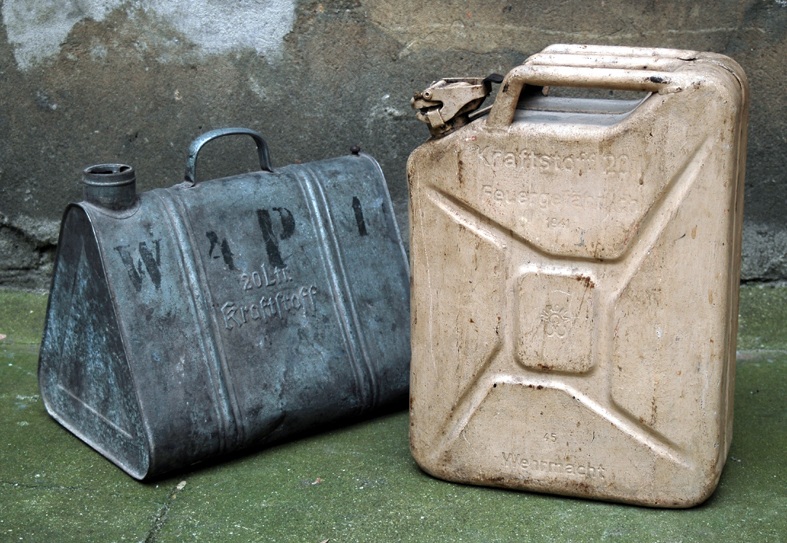
During the war, it was a great need to store fuel for the German army. Thus, in 1936, the Eisenverke Mueller & Co company set to work to design and manufacture special 20-liter canisters, intended to store the gasoline needed for aviation and other Nazi vehicles. As requested by Hitler, in July 1937 mass production of these steel resistance tanks, which are still in use today, began.
SYNTHETIC FUELS

Following difficulties in securing fuel due to the trade embargo, Germany began to produce synthetic oil in large quantities. Indeed, the process of converting carbon into fuel was patented as early as 1913 by its inventor, the German Frederik Bergius. But it was in the years after the second war that this discovery was really exploited and perfected: the Bergius process was actually used by Nazi Germany to produce large quantities of the main petroleum derivatives, or gasoline and oil, that were used to supplied the means of the army.
JET AIRCRAFT
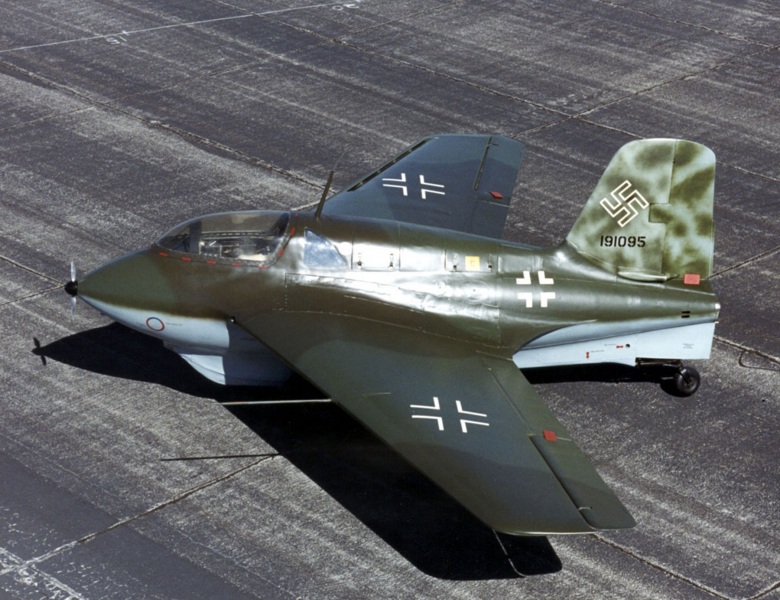
The first patent for such an aircraft was obtained in 1929 by the designer, Englishman Frank Whittle, but he could not find any industry willing to realize it. So the first aircraft that entered service was 15 years later, the "Messerschmitt Me.163B Komet". The aircraft was the result of the work of Alexander Lippisch, an expert in non-motorized aircraft, and Helmuth Valter, the inventor of the first liquid-fueled engine. It could climb up to 10 meters in 150 seconds and reach 900 km/h, but its autonomy at full power was only ten minutes. The first meeting with the Allied bombers took place on July 28, 1944, and the Komet was extraordinary: the B-17 armament personnel needed time to rotate the "turret". /Bota.al/
Promo
Advertise here![Men with ED: Eat 1 Teaspoon Every Day, See What Happens A Week Later [Video] Men with ED: Eat 1 Teaspoon Every Day, See What Happens A Week Later [Video]](https://images.outbrainimg.com/transform/v3/eyJpdSI6Ijc1NTE1NjU0ZTdhYWI3ODQyMDkwNGZiNTg1MDI5ZDJjOTA4NjdjMjM5MDRlZDc1ZWY5ZjhiNzRiM2UzYWIyNGEiLCJ3Ijo0MDAsImgiOjI2NiwiZCI6MS41LCJjcyI6MCwiZiI6NH0.webp)



